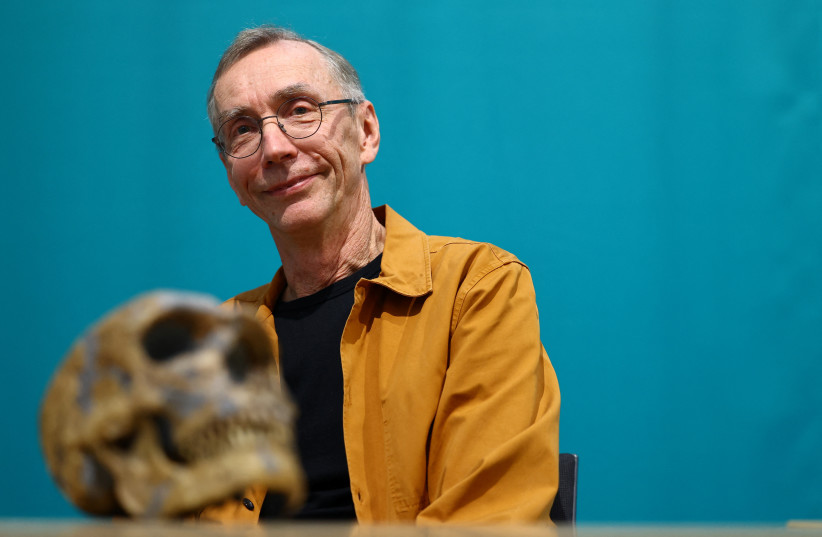Humans and Neanderthals co-existed and lived alongside one another in Europe for as long as 6,000 years in regions that now belong to France and Spain, a new study claims.
According to the study, published in Scientific Reports, while the regional scale of their interaction remains unknown, there was co-existence over a duration of at least 1,400 to 2,900 years.
Humans are believed to have first arrived on the European continent about 42,000 years ago.
Breaking bread and sharing tools
The study was conducted by scientists from Leiden University in the Netherlands and Cambridge University in the United Kingdom, who used a unique modeling method to try and determine with greater accuracy the time period when Neanderthals lived in Europe. The scientists based their study in part on multiple excavation sites in France and Spain, where human and Neanderthal artifacts were discovered.
The findings included technological similarities between blade and bladelet-based lithic technology, bone tools, and personal ornaments used by both humans and Neanderthals.
Past research by Nobel Prize winner and renowned geneticist Svante Paabo, claimed that Europeans carry a small percentage of Neanderthal DNA.
Some things will always remain unknown
In one excavation site in southeast France, for example, the researchers said that a molar attributed to Homo sapiens was recovered from an archaeological layer bearing a distinctive stone tool dating to somewhere between 58 and 51,000 years ago. “If confirmed with additional evidence, this would constitute a significant shift in perspective—placing AMHs [anatomically modern humans] in far western Europe upwards of 12,000 years earlier than previously thought,” the study claimed.
Igor Djakovic, the lead author of the new study, told AFP humans and Neanderthals “met and integrated in Europe,” at some point. The "underlying assumption" of the study, he told the news agency, is that it will not be possible to ever discover the first or last members of an extinct species.
"For example, we'll never find the last woolly Rhino," he told AFP, adding that "our understanding is always broken up into fragments".
Last year, research of two genome studies, published in the scientific journal Nature, on early European humans dating back over 45,000 years, showed evidence these early humans had mixed with Neanderthals and other extinct relatives.
Viviane Slon, a paleontologist at the University of Tel Aviv in Israel noted that early humans were known to mix with their common relatives, stemming from different areas and periods, and that the research proves the notion to also to be true in parts of Europe.

